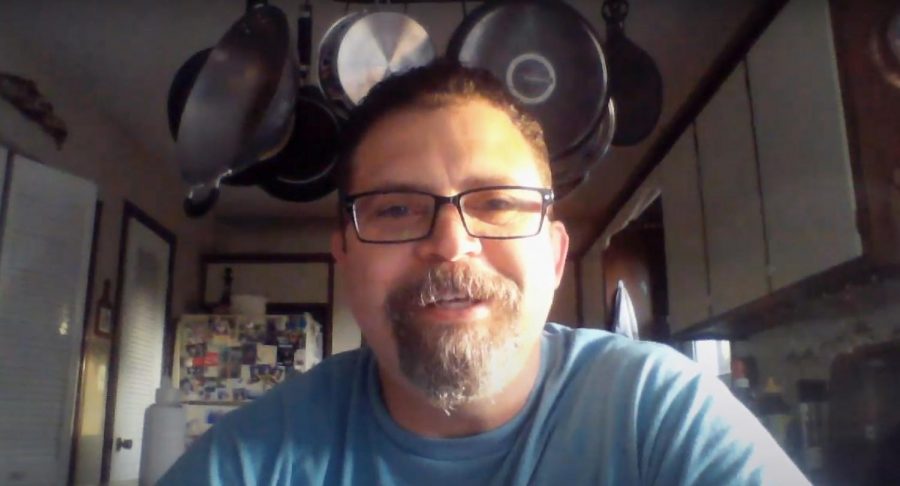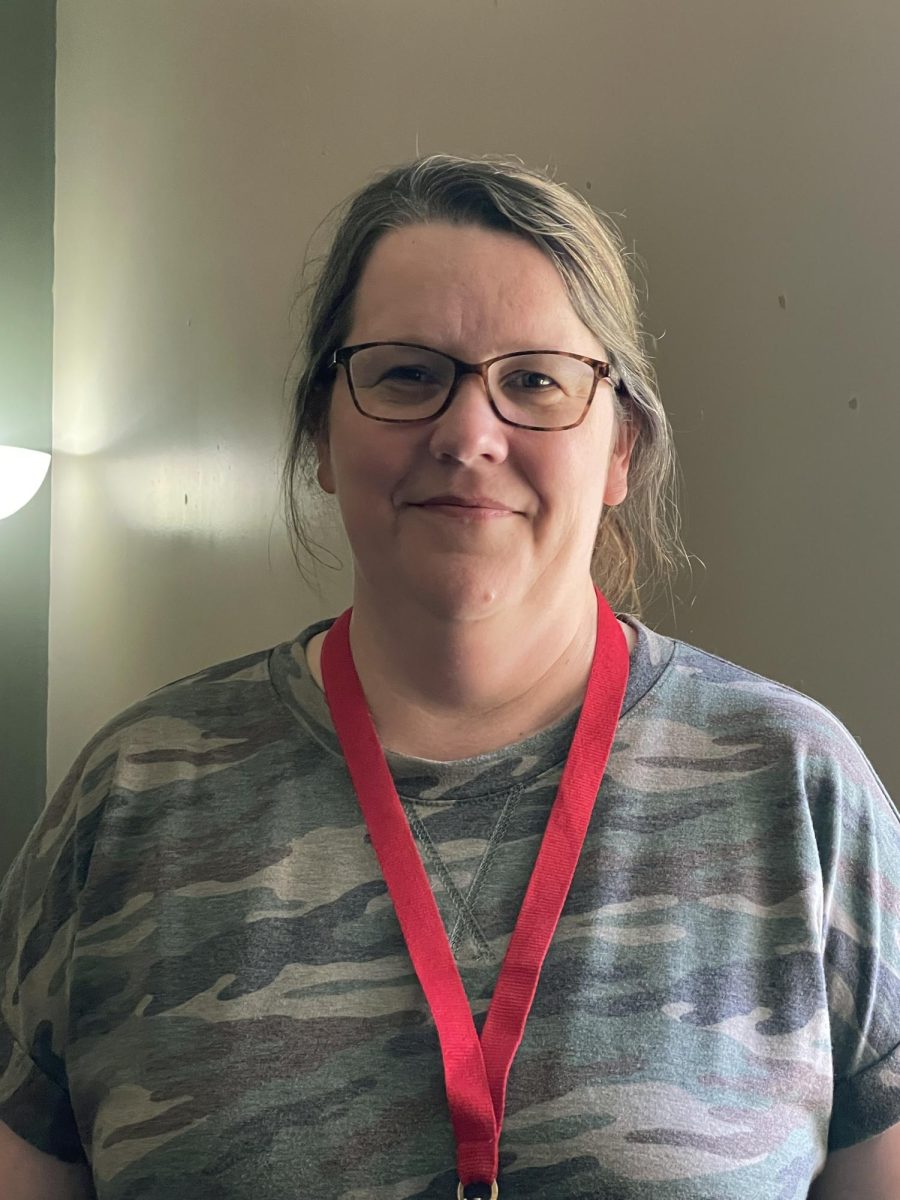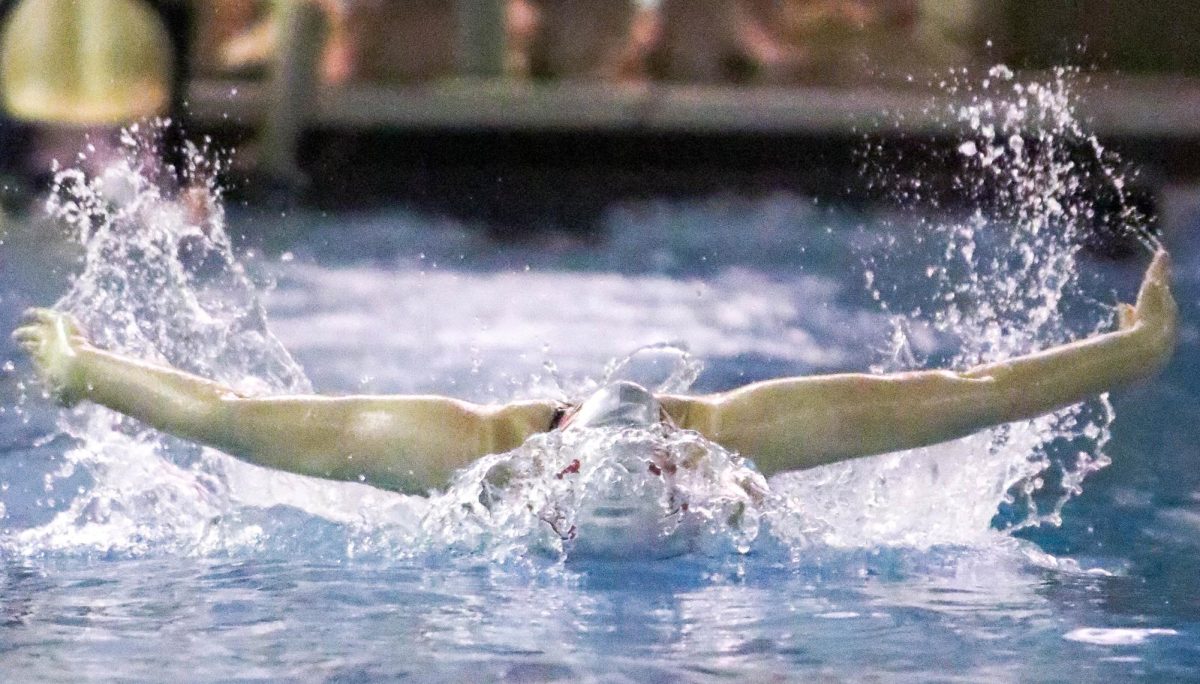Teachers tackle online instruction
With school cancellations, teachers are reacting to drastic changes in the way they do their jobs.
April 23, 2020
With the rapid spread of COVID-19 and government mandated regulations for staying home, teachers and their classrooms have moved home. From home, a teacher’s responsibilities are merged into one as the lines between home life and work life blur. English teacher Melissa Villanueva experiences this stress as a mother and a wife.
“I have obligations outside of my academic life and being at home all the time, especially with four small children, can get stressful,” Villanueva said.
Another conflict teachers and students both face is the difficulties of communication.
“The more challenging part is making sure everything is accessible and explained clearly for students with whom I cannot explain instructions or give feedback in person,” Villanueva said.
Education over technology produces a barrier for students and teachers. Whether it be limited access to the internet or the loss of in-person communication, online schooling sometimes proves to be a burdon.
History teacher Greg Walker, however, has adapted his everyday classroom to this format of learning.
“Five and a half years ago I noticed a serious decrease in student engagement and I knew something had to change,” Walker said. “I began to look for alternative and new ways of teaching and stumbled upon the concept of the flipped classroom. It’s been great.”
In a flipped classroom, formal lessons are done at home, while traditional homework is done at school in order for students to seek help when they need it at school. This method has helped Walker easily adjust to new schooling protocols because instruction is done over online methods.
While this time can be stressful for everyone, teachers implore students to stay at home, stay healthy, and practice good habits while in quarantine.
“Find a routine,” Walker said. “Call people and check in on them. Even though you may be the person who needs to be checked on, reach out and talk to anyone you know. Establish a schedule. Follow that schedule.”
Nobody knows for sure when quarantine protocols will end, or when COVID-19 will slow down.
“I really don’t think we’ll ever go back completely to where we were before, but I don’t think that’s entirely a bad thing,” Villanueva said.
She said that while the current situation the world is in seems bleak, staying positive is imperative.
“Hopefully we’ll be able to use this time to refocus our priorities and that will carry over into life after quarantine,” Villanueva said.
Teachers have had to change their lives in drastic ways but for many, the worst part is not being able to see the students they love.
“I do miss seeing my students …not being able to see my students has been the biggest negative to our school cancellations,” Walker said.







